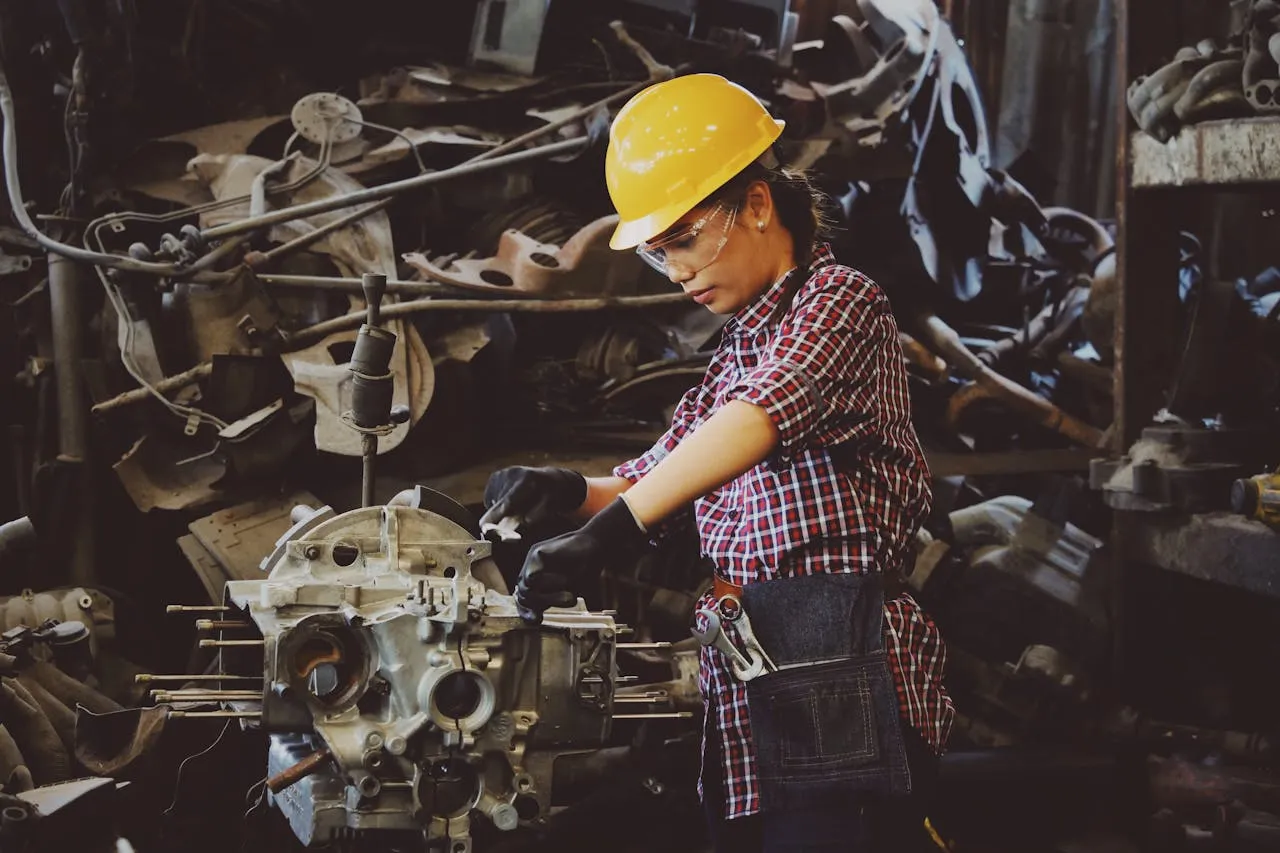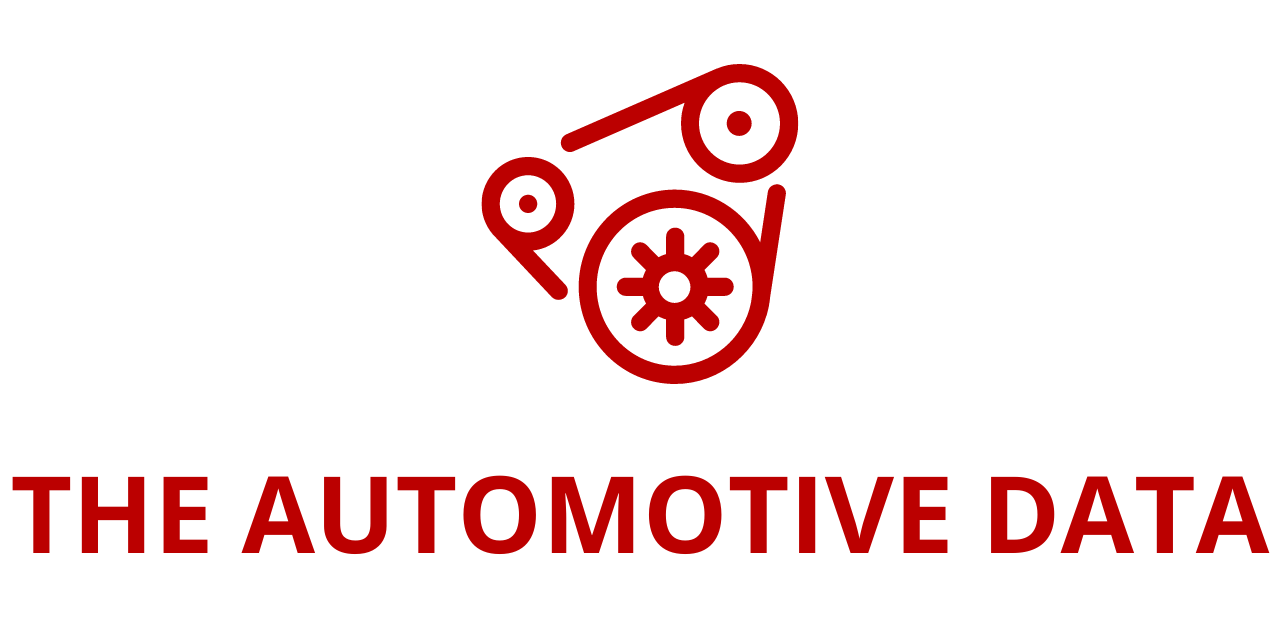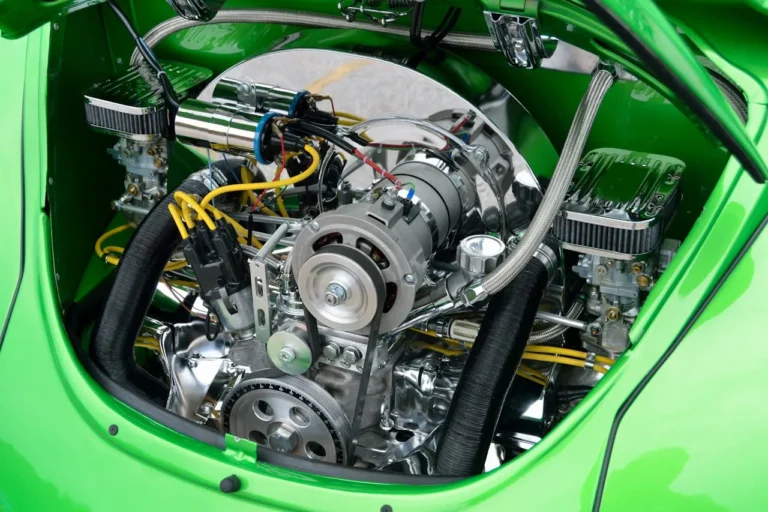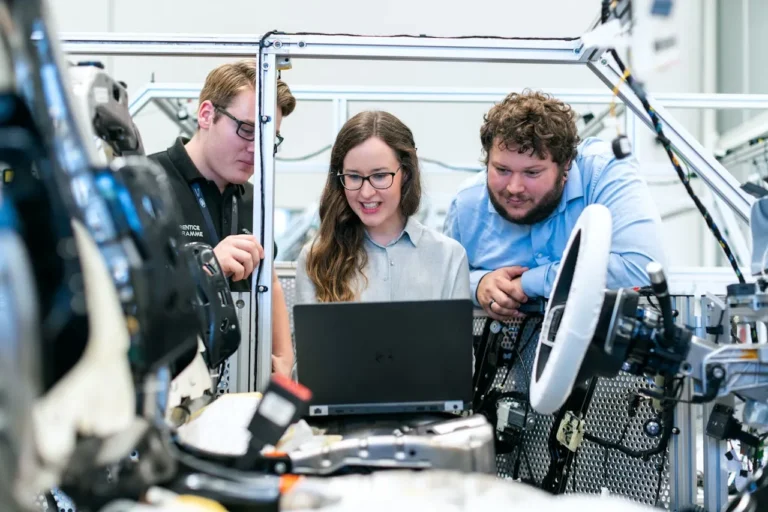
Automotive Collision Repair Market to Reach $270 Billion by 2029 as ADAS, EVs, and Precision Tech Drive Industry Transformation
The global automotive collision repair market is entering a new era shaped by advancing vehicle technologies, shifting consumer behavior, and a push for sustainable practices. According to the newly released Automotive Collision Repair Market Report 2025 from ResearchAndMarkets.com, the sector is poised for substantial growth—expanding from $216.41 billion in 2025 to $270.44 billion by 2029, at a compound annual growth rate (CAGR) of 5.7%.
Evolution of the Collision Repair Landscape
The collision repair industry has seen consistent growth in recent years, rising from $208.85 billion in 2024 to a projected $216.41 billion in 2025. Historical growth was fueled by several factors: increasing vehicle ownership, higher traffic volumes leading to more accidents, growing consumer demand for vehicle personalization, and the complexity of modern vehicles driven by technology integration.
However, the future of the market will be defined by innovation. Emerging trends such as electric vehicles (EVs), advanced driver assistance systems (ADAS), and lightweight vehicle materials are introducing new challenges—and opportunities—for collision repair professionals. These trends are not only influencing repair techniques and equipment but also reshaping the skill sets required in the workforce.
The ADAS Challenge and Opportunity
ADAS-equipped vehicles are becoming more common across all segments, offering features like lane departure warnings, adaptive cruise control, and automatic emergency braking. While these systems enhance road safety, they also complicate repair procedures.
A simple bumper repair can involve recalibrating multiple sensors and cameras, which increases both the time and cost of repairs. This has created a demand for more specialized training, diagnostic tools, and repair environments. Collision centers that adapt to these demands are expected to see significant growth, while those that fail to keep up may find it difficult to stay competitive.
The Rise of Precision Grain Technology
One of the standout innovations impacting the collision repair industry is precision grain technology—particularly in abrasives. This technology uses meticulously engineered abrasive grains designed for optimal cutting performance, consistency, and durability. It allows technicians to achieve highly precise results while improving efficiency and reducing material waste.
PPG Industries Inc., a major U.S.-based coatings manufacturer, exemplified this shift in September 2024 with the launch of its SEM Performance Abrasives line. These products cater to each phase of the collision repair process, combining cutting-edge grain technology with multi-hole designs that promote dust-free sanding. The result is a cleaner workspace, extended product life, and faster turnaround times—enhancements that benefit technicians and customers alike.
Market Segmentation: A Diverse Ecosystem
The automotive collision repair market is deeply segmented, with numerous product categories and service channels.
By Product Type:
- Crash Parts: Includes bumpers, fenders, hoods, grilles, and lighting components.
- Paints and Coatings: Covers base coats, clear coats, primers, and specialty coatings.
- Adhesives and Sealants: Ranges from structural adhesives to windshield bonding agents.
- Abrasives: Includes sanding discs, grinding wheels, and abrasive pads.
- Finishing Compounds: Such as polishing compounds and finishing polishes.
- Other Products: Repair tools, cleaning agents, and safety equipment.
By Service Channel:
- DIY (Do It Yourself)
- DIFM (Do It For Me)
- OE (Original Equipment) service providers
By Automotive Component Shop:
- Authorized Repair Shops
- Independent Garages
By Vehicle Type:
- Passenger Vehicles
- Light Commercial Vehicles
Each of these segments has unique dynamics. For example, OE service channels are increasingly favored for complex ADAS or EV-related repairs, while the DIFM segment remains strong in routine services.
Regional and Country-Level Insights
Geographically, the market is global in scope, with country-level analysis across North America, Europe, Asia Pacific, Latin America, and the Middle East & Africa. North America and Western Europe have historically dominated the sector, thanks to high vehicle ownership, strong insurance frameworks, and a mature aftermarket ecosystem.
However, rapid urbanization, rising incomes, and growing vehicle sales in developing economies—especially in Asia-Pacific—are pushing growth in these regions. Countries like China and India are not only expanding their consumer base but also investing in repair infrastructure and technician training.
Emerging Trends Reshaping the Market
The forecast period through 2029 will see several transformative trends that redefine how collision repair is delivered:
- Augmented Reality (AR) Diagnostics: AR tools allow technicians to visualize hidden components or damage patterns, improving repair accuracy.
- Sustainable Practices: Eco-friendly paints, energy-efficient curing processes, and recyclable materials are becoming more mainstream.
- Mobile and On-Demand Services: Customers increasingly expect services at their convenience, prompting the rise of mobile repair units.
- 3D Printing for Parts Replacement: This reduces lead times and allows for rapid prototyping and custom fabrication.
- Training & Certification Focus: As vehicles become more complex, formal certifications are now critical for repair credibility and insurance compliance.
Competitive Landscape: A Mix of Global Giants and Regional Specialists
The automotive collision repair ecosystem includes a wide array of players, from multinational corporations to regional repair chains. Key companies shaping the market include:
- 3M Company
- Denso Corporation
- Caliber Collision Centers
- Service King Collision Repair Centers
- ABRA Auto Body & Glass
- Gerber Collision & Glass
- Maaco Collision Repair & Auto Painting
- CARSTAR Auto Body Repair Experts
- Fix Auto USA
- Boyd Group Inc.
- Classic Collision Inc.
- Crash Champions
- Dent Wizard International Corporation
These companies compete not only on service quality and pricing but also on technological sophistication. Investments in diagnostics, staff training, and integrated repair platforms are key differentiators.
In addition, collaboration with insurers and parts suppliers remains essential for maintaining profitability and workflow efficiency. Some large operators are also engaging in mergers and acquisitions to consolidate market share and expand into new regions.
Strategic Outlook and Future Opportunities
Looking forward, the automotive collision repair market is positioned for steady expansion—especially in light of the global push toward electric mobility, smart infrastructure, and sustainability. The growing total addressable market, fueled by both vehicle complexity and rising repair costs, offers ample opportunities for companies that are willing to innovate.
Key strategic imperatives for industry stakeholders include:
- Investing in technician upskilling to handle ADAS and EVs
- Adopting environmentally sustainable repair materials and processes
- Leveraging technology platforms for workflow optimization
- Strengthening OEM and insurance partnerships
- Expanding service reach through mobile or satellite units
The automotive collision repair industry is no longer just about fixing dents and repainting bumpers. It’s becoming a tech-enabled, sustainability-conscious, and highly segmented sector that demands precision, speed, and adaptability. Companies that embrace these changes—whether through precision grain abrasives, AR diagnostics, or specialized ADAS calibration tools—are set to lead the market into its next phase of growth.
As vehicle technologies evolve and customer expectations rise, the industry’s transformation will only accelerate. For businesses and investors alike, now is the time to position strategically and capitalize on the emerging opportunities that lie ahead.








